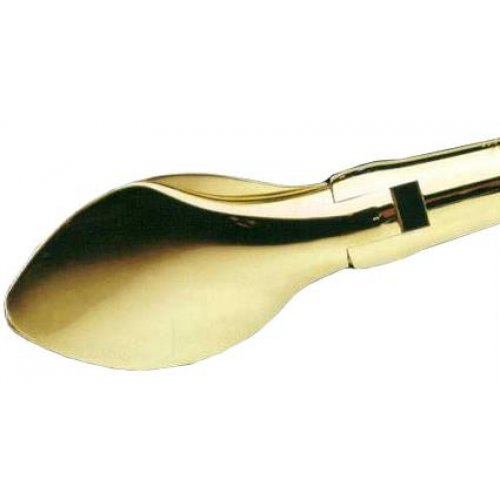Martec Folding Prop Installation Diagram


Page 1 / 10 28/08/03 pc INSTALLATION INSTRUCTIONS 3-Blade Folding Propeller Please read these instructions thoroughly before you start working with the. These installation notes apply only to the Martec Mark III Eliptec folding propeller series. Please Note: Do not mix parts from. Dec 28, 2017 - If you're interested in maximum performance while buoy racing, I'd go for a Martec two-bladed folding prop. If you are not certain of your prop numbers, and want to change NOW, go with the standard three blade Max. Martec Folding Prop Installation. I chose the Gori 2-blade folder to replace my 2-blade.
A 13,000lb boat would be better off with a 30hp engine, so it was important to make the most of the limited power at our disposal. The 15in x 10in Martec was fine for getting on and off the mooring and in flat water could propel us at a little more than 5 knots flat out. In any kind of weather, though, its limitations were exposed. Faced with a headwind and a bit of chop, it was hard pressed to make 4 knots under power.
Also, the discernable lag between engaging reverse gear and any stopping effect was not good for the nerves. The old Martec was adequate for getting on and off the mooring Prop #2 was a Kiwiprop, a three-bladed feathering propeller from New Zealand.
These have several unusual features. One is the blade material—Zytel, a resin composite made by Dupont. Another is that the blades are not linked by gears; instead, each blade pivots independently on a stainless steel pin so that each is free to take up its own angle to the water flow.
The only metal part is the stainless steel hub, so the propeller is very light, which must be beneficial for the saildrive’s innards. Although it was better in every respect (except drag) than its undersized predecessor, the Kiwiprop did not quite achieve the speed I was hoping for. We managed a cruising speed of 5.8 to 6 knots at 3,200 rpm, which was as close as the little 2GM would get to its 3,600 redline. It did provide noticeably more thrust when powering into wind and waves, which was a good thing. Kiwiprop had recommended a 15 ½ inch prop with 20 degrees of pitch, which I ended up tweaking just a little—this adjustment is very easy and can be done with the boat in the water—to no discernable effect. In reverse, the blades flop over so their trailing edges become the leading edges when going astern, prevented from going all the way by a trio of stainless pins that limit blade travel.
This results in a very coarse pitch. Backing up, the boat stopped quickly and gathered sternway well, at no more than a fast tickover. Prop walk was not an issue, but then again it seldom is with saildrives, as they’re usually located more toward the center of the boat. I kind of miss it, actually.
The Kiwiprop, with its Zytel plastic blades, provided especially good thrust in reverse In our second season with the Kiwiprop, the engine acquired a habit of stalling almost every time I put it in reverse, which does the heart no good at all when you’re approaching a dock. That winter I stripped the prop down and greased the pivot pins, and had no more trouble, though the little engine clearly struggled with the prop’s coarse pitch when going astern. How To Convert .veg Files To Youtube. All in all, though, it was a good propeller.I was still wondering how to make the most of our little Yanmar’s limited horsepower. Would a higher-end folding propeller, with its more efficient blade shape, make a difference? I snapped up an offer to test a three-bladed Gori folding propeller, with its intriguing “overdrive” function. Enter prop #3. Installing the 16-inch Gori, while not as easy as the Kiwiprop, was by no means difficult (though I suspect getting it off won’t be so easy).